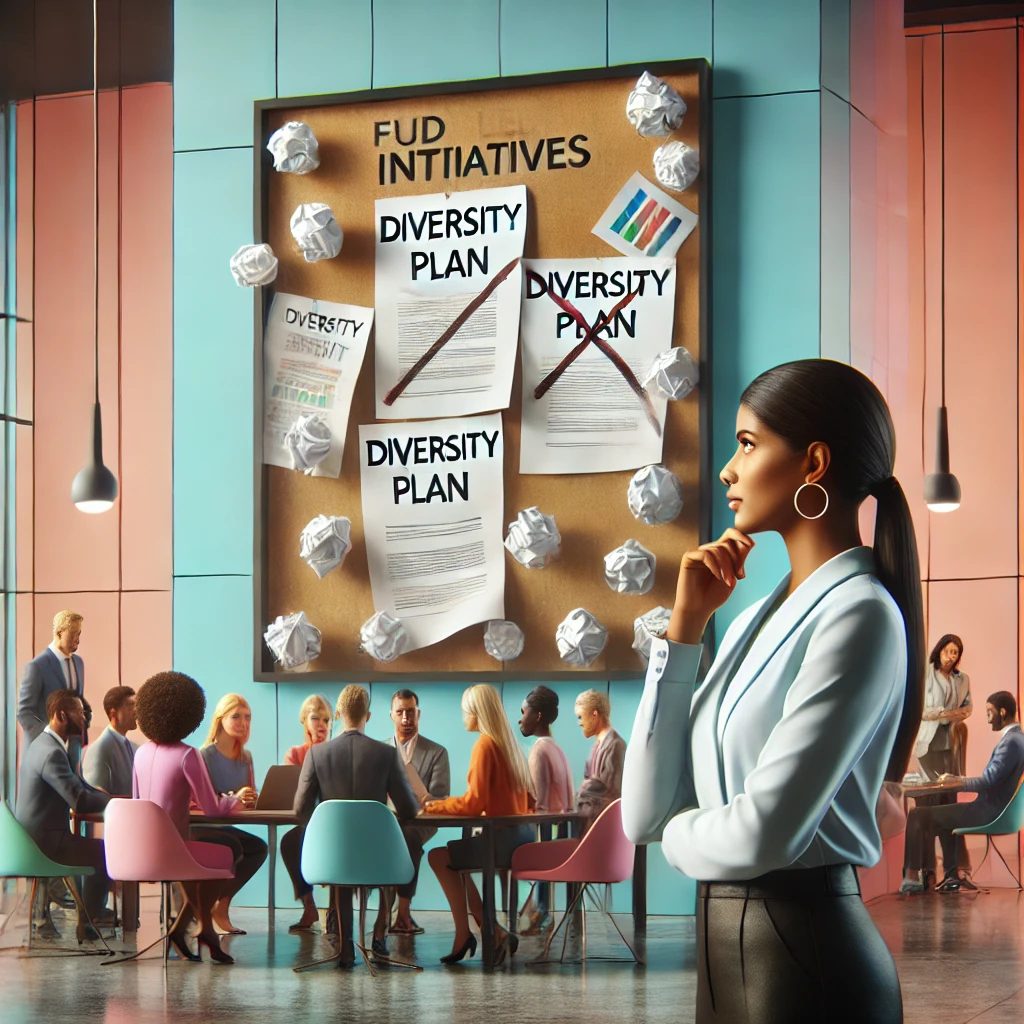When Diversity Efforts Fail: Why Tech Still Struggles with Inclusion
Once upon a time, a tech company proudly announced its bold diversity initiative. Press releases were written, social media celebrated, and executives patted themselves on the back. Fast forward a year: the company’s diversity numbers barely changed, women and minorities still felt unheard, and the program quietly faded into obscurity.
Sound familiar? It should—because it happens all the time.
Why Do Diversity Efforts Fail?
1. They’re Just PR Stunts
Some companies launch flashy diversity campaigns that look great in a LinkedIn post but lack real commitment. If the goal is optics rather than impact, it’s doomed from the start.
2. One-Off Trainings Don’t Change Culture
A single “unconscious bias” workshop won’t undo decades of systemic issues. Without long-term action, employees nod along, check a box, and return to business as usual.
3. Diversity ≠ Inclusion
Hiring diverse talent is one thing. Making sure they’re heard, valued, and stay is another. If your culture isn’t inclusive, retention suffers.
4. Leaders Don’t Actually Care (or Understand)
If leadership isn’t invested, nothing changes. “Support from the top” isn’t just a phrase—it’s the difference between progress and performative nonsense.
5. It’s Always Someone Else’s Problem
Many companies believe diversity is HR’s job. Spoiler: it’s everyone’s job. If only one department cares, don’t expect results.
So, What Can Be Done?
Ditch the Lip Service. Invest in mentorship programs, sponsorship opportunities, and real accountability.
Measure Progress Like You Mean It. Track diversity metrics beyond hiring. Pay gaps, promotion rates, and retention matter.
Create Safe Spaces. Listen to underrepresented voices—and act on what they say.
Get Comfortable Being Uncomfortable. Change isn’t easy, but it’s necessary. Have the tough conversations.
Make Leaders Responsible. Tie diversity goals to executive bonuses. Watch how fast priorities shift.
Final Thought: Do Better, Tech.
Diversity in tech isn’t a nice-to-have—it’s a necessity. Yet, time and again, the industry stumbles. The good news? Failure isn’t final. With real commitment, the cycle can be broken.





Comments
Post a Comment